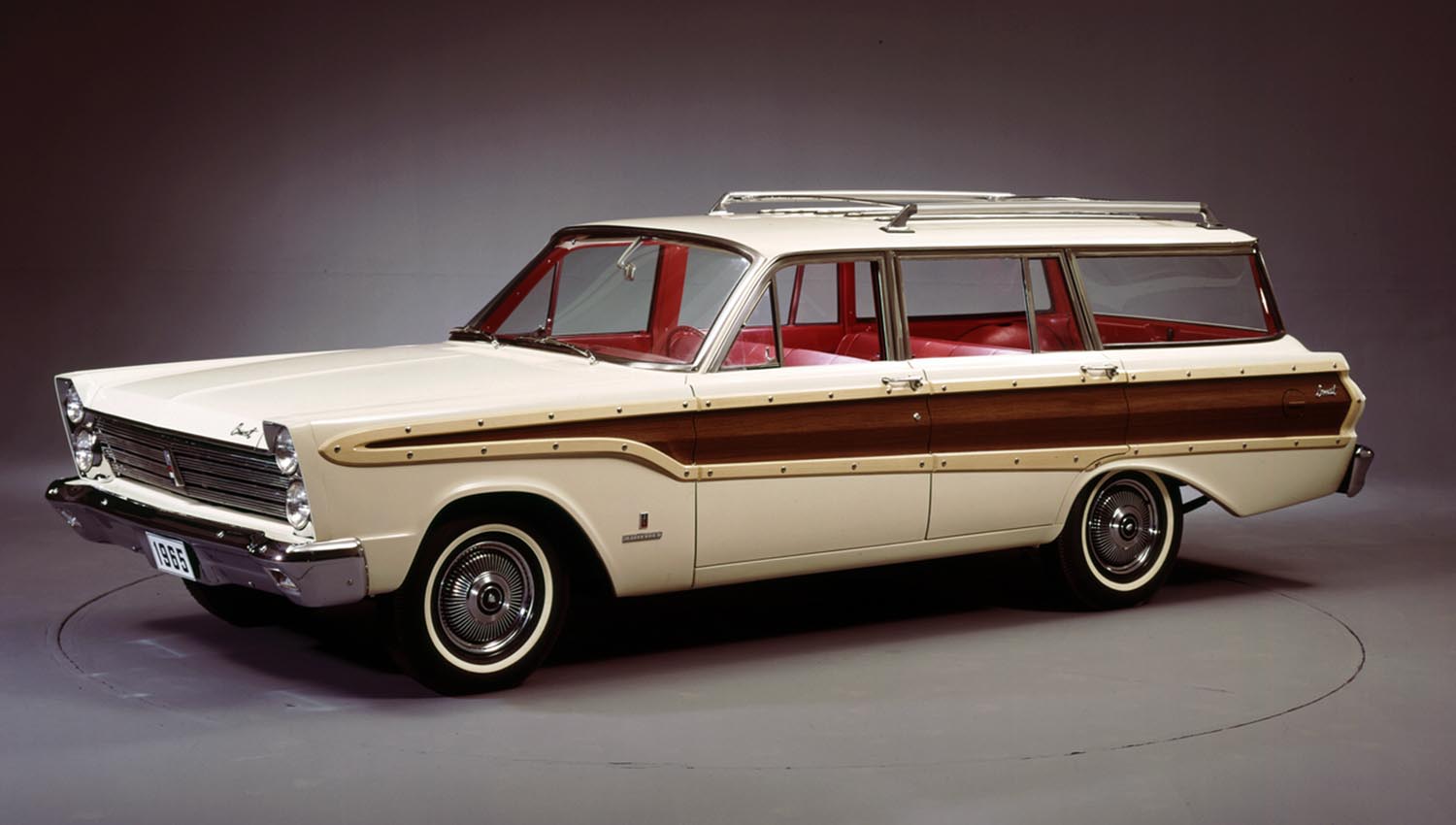
The 1965 Mercury Comet Villager station wagon holds a unique place in American automotive history. It served as Mercury’s most stylish intermediate wagon of the era. The car perfectly blended family utility with a touch of luxury and performance. This rare model represented the final iteration built on the original Ford Falcon platform. Its legacy is tied to Mercury’s push for a more upscale brand identity.
The Rise of the Senior Compact
Mercury first introduced the Comet name in 1960. It was originally intended for the defunct Edsel division. Mercury successfully positioned the car as a “senior compact.” The Comet was physically longer than its sibling, the Ford Falcon. It offered better interior trim and a slightly longer wheelbase. This distinction gave the early Comet an air of sophistication.
The Second Generation Styling
Mercury significantly restyled the Comet for 1964. Designers replaced the previous rounded body with sharp, squared-off lines. The new design evoked a look similar to the larger Lincoln Continental. The 1965 model year refined this chiseled appearance further. It notably introduced vertically stacked headlights. This new four-headlight design became a defining Mercury trait. The exterior appeared both sophisticated and substantial.
The Villager Station Wagon Distinction
The 1965 Mercury Comet Villager station wagon was the top-of-the-line wagon trim. It immediately stood out with its rich, simulated mahogany woodgrain paneling. This exterior trim added an undeniable touch of class and distinction. The woodgrain was featured prominently on the side panels and tailgate. Consequently, the look successfully evoked expensive European touring wagons. This design effort separated the Villager from its direct compact competitors.
Luxury and Practicality Combined
The four-door wagon offered excellent family practicality. It provided easy access to the spacious rear cargo area. The car boasted 77.9 cubic feet of cargo volume. This high capacity was achieved when the second seat folded flush. Furthermore, loading cargo was simplified by the standard power-operated rear window. The interior featured luxurious appointments for the time. These touches included deep-loop carpeting and leather-soft pleated vinyl upholstery. Full appointments were standard features.
A Rare and Collectible Icon
The Comet line was largely overshadowed in 1965. Ford’s attention had fully shifted to the massively successful Mustang. Consequently, production numbers for the high-end wagons were notably low. Only 1,592 units of the 1965 Mercury Comet Villager station wagon were built. This rarity makes surviving examples highly sought after today. The model stands as a collectible icon from a period of rapid market change. Ultimately, the Comet Villager showcases Mercury’s focus on blending utility with performance.
The Performance and Racing Heritage
The Comet was not purely designed as a family hauler. It shared its reliable platform with the potent Mustang. Mercury also built specialized performance Comets for drag racing. These racing variants utilized massive 427 cubic inch engines. This fierce racing heritage added a sporty luster to the entire Comet line. Therefore, even the family station wagon benefited from this high-performance association. The model had a legitimate claim to total performance.
Power, Engine Specs, and Performance Context
The 1965 Mercury Comet Villager station wagon offered robust engine choices tailored for various drivers. The standard engine was the 200 cubic inch inline six-cylinder. This durable straight-six engine produced 120 horsepower. Many buyers opted for the optional 289 cubic inch V8 engine. This reliable V8 was available in two versions, yielding up to 225 horsepower. Transmission options included a three-speed manual or the smooth three-speed Merc-O-Matic automatic. The V8 equipped models could achieve a 0-60 mph time in about eight seconds. Performance was respectable for a family wagon of that specific period. These solid components ensured the car was both powerful and dependable.
Summary of the Model History
The 1965 Mercury Comet Villager station wagon marked the end of the Falcon-based Comet era. It successfully merged an upscale style with rugged family utility. With its distinctive woodgrain panels and powerful V8 options, the Villager became a rare symbol. The car remains an important piece of Mercury’s transition toward larger, more performance-oriented vehicles. Its low production numbers guarantee its status as a highly treasured auto icon.
Disclaimer: Content on this site is for informational purposes only. Vehicle specs, pricing, and availability may change. Always verify details with official sources before making decisions. Opinions are those of the authors.
Source: Ford Heritage Vault
